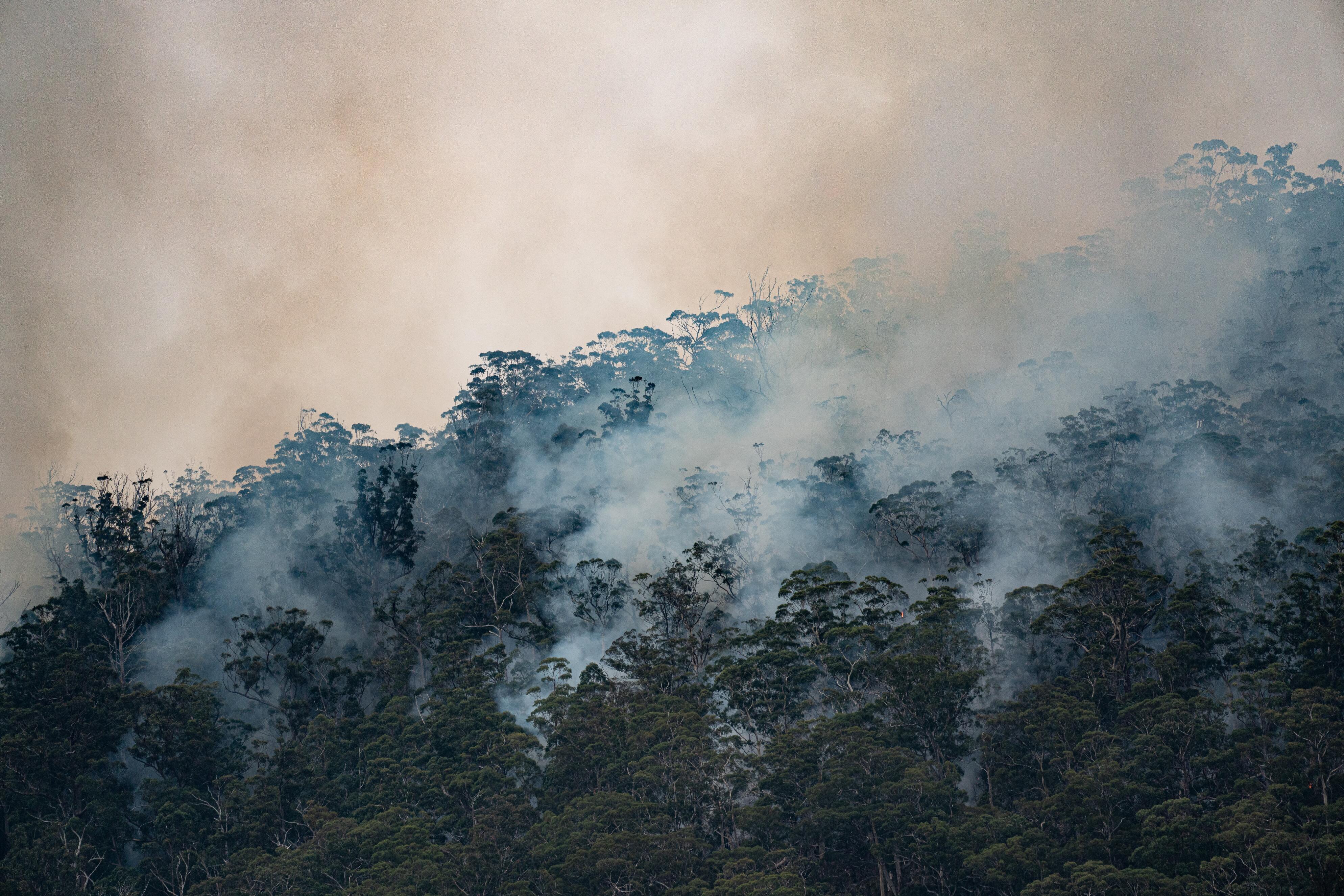
How Skincare Companies Contribute to the Climate Crisis
Let's face it, the skincare industry is highly unsustainable, and has been for a long time.
The activities of skincare companies directly cause environmental pollutants, which has a direct effect on climate change. In this article, I'll discuss the role that skincare companies play in the looming dangers of the climate crises.
What is the climate crisis?

The climate crisis is a term that describes the dangers associated with human-caused climate change, and how it will negatively impact our world, human civilizations, and animal and plant species.
A climate emergency was declared in a 2020 article that was published in the BioScience journal, which was endorsed by over 11,000 scientists from 153 countries. It clearly states that "an immense increase of scale in endeavors to conserve our biosphere is needed to avoid untold suffering due to the climate crisis".
The article concludes by saying that large areas of the Earth will potentially become uninhabitable, caused by irreversible climate tipping points and a catastrophic "hothouse Earth". Even since the BioScience article was published, we've already seen extreme weather patterns across the planet.
Widespread droughts, floods, hurricanes, and wildfires are just some of the common ways regions globally are seeing the effects of climate change. Countries like Japan, Philippines, India, Germany, Madagascar, Rwanda, and Canada are some of the most effected—according to the results of the Global Climate Risk Index 2020, presented by The Germanwatch institute during the COP25 in Madrid.
Scientists agree that the increased warming of the global average temperature by 1.5°C is enough to push us into a climate crisis where we'll see terrifying weather changes with lasting effects. It's estimated that with our current greenhouse gas emissions, we'll reach the 1.5°C mark between 2030 and 2050—and this number will continue to grow.
Greenhouse Gases
Greenhouse gases are gases that trap heat in the atmosphere. They're naturally present in our atmosphere and are important for keeping the planet at a steady temperature.
However, increased greenhouse gas emissions from human activity is the reason why global temperatures are rising. Carbon dioxide (CO2) is the main greenhouse gas we produce, as well as smaller amounts of methane and nitrous oxide.
How the skincare industry contributes to climate change
While the animal agriculture and gas industries are two of the biggest contributing factors to climate change, it's also important to talk about the skincare, cosmetic, and personal care industries.
Here, we highlight some of the main ways our skin and personal care products contribute to climate change.
Skincare packaging
The skincare industry has a packaging problem. The production of containers made of plastic, glass, and metal all take a toll on the environment.
In 2020, the global cosmetics market generated over US$ 341 billion. You can only imagine the amount of waste this amounts to each year.
Let's discuss how each type of container contributes to environmental damage and climate change.
Plastic
Most of the skincare products available on the market today are packaged in plastic containers. The upside of plastic is it's an extremely light material, and requires a low amount of energy to ship it compared to other materials.
There are, however, a number of issues with plastic.
Unlike glass which can be melted down and recycled indefinitely, plastic can really only be recycled two or three times—that is, if it's recycled properly in the first place. Plastic is likely to be either incinerated or sent to landfills at the end of their lifecycle. When plastic degrades in the environment or is incinerated, this also leaches greenhouse gases into the atmosphere.
To make matters worse, cosmetic packaging is especially problematic when it comes to recycling as they're often made from multiple sources of plastics, rendering them virtually unrecyclable. This is especially true for pump tops, which are made of different types of plastics as well as an aluminum spring—which will be sent straight to landfill.
About 14 million tons of plastic end up in the ocean each year. There's even a giant floating pile of trash in the ocean the size of Alaska called the Great Pacific Garbage Patch, which is mainly comprised of plastic. Since plastic doesn't decompose, it gets broken down into what's known as microplastics—small pieces of plastic. Microplastics have been shown to negatively impact phytoplankton growth, and destroy marine ecosystems.
Over 50% of the Earth's oxygen is estimated to come from the ocean, which is mostly produced by plankton. Phytoplankton (one of two groups of plankton) is also estimated to absorb 40% of the world's CO2 levels. So needless to say, they're surprisingly essential to keeping our planet's climate in balance.
Glass
Glass containers can be recycled indefinitely, and they're created using natural materials, including sand, soda ash, and limestone. However, glass still comes with its own issues.
Glass is becoming an increasingly difficult material to recycle (especially for curbside pickup), as it can break during transport—leading to workers not wanting to handle broken glass, where it will then be sent to landfill. Glass is also heavy, and so it takes more energy to ship.
Compared to plastic, glass is inherently the more sustainable option since glass has the potential to be recycled indefinitely.
Aluminum
Aluminum is another option that's not as popular as glass and plastic when it comes to cosmetic packaging, and it comes with its benefits and negatives. It's 100% recyclable, and can be recycled indefinitely. Without getting into too much detail, that's the good part of it.
The bad part is its production is highly unsustainable. It creates up to 5 times its weight in liquid waste, where it poses an environmental contamination risk in the countries where it's produced. Recycled aluminum, however, is considered the best choice for sustainable packaging. This is due to its light weight during transport, and ease of recyclability.
Skincare ingredients
The reality is packaging is only one part of the issue. Another major player are the ingredients contained inside of them—which not only produces global greenhouse gas emissions—but also threatens endangered wildlife and plant species.
Here are the top offending ingredients commonly found in skin and personal care products:
1. Palm oil
Palm oil is a pretty unknown ingredient as we don't see it very often. However, it's so prevalent that most people don't realize they consume it or put it on their skin every single day.
It's estimated that roughly 70% of all cosmetics contain palm oil derivatives, while around 50% of all packaged food products contain it. But...why? And...who cares?
Palm oil is the world's most widely used vegetable oil. Due to its incredibly cheap cost to produce, hundreds of important cosmetic ingredients are derived from palm oil.
Some of the most common palm oil-derived ingredients include:
- Emulsifiers (used in creams and lotions to keep water and oil from separating)
- Thickening agents
- Anti-aging ingredients like certain retinoids and a plethora of peptides
- Antioxidants like vitamin E (tocopherol) and vitamin C derivatives.
This is why palm oil is in most cosmetic products. It's almost always used to create the most important cosmetic ingredients, especially when it comes to emulsifiers. Raw palm oil itself is also a major ingredient added to soaps.
Okay, so it's everywhere... what's the problem with it then?
Palm oil has very quickly become a major driver in deforestation and rainforest-related climate change. In fact, 18 million hectares of land has been taken up by palm oil plantations globally—an area roughly the size of France. A large portion of this was converted from already existing forested areas, which has caused massive CO2 stores to be unleashed into the atmosphere.
Palm oil plantations have obliterated large expanses of tropical rainforests on extremely biodiverse islands located in Indonesia and Malaysia, and have replaced them with "green deserts" with virtually no biodiversity. These islands, which include Borneo, Sumatra, and West Papua, are some of the largest in the world. Palm oil expansion has led to endangered species like the Orangutan and Sumatran rhino, who are now facing extinction in the wild.
To put this into perspective, palm oil production alone has contributed 2.3% of global deforestation, and a staggering 1.4% of global net CO2 emissions.
2. Animal by-products
The fact is, animal agriculture is one of the main contributors of greenhouse gas emissions. It accounts for 70% of all agricultural land use—taking up a whopping 30% of Earth's land surface. It's suggested that eliminating the use of animal agriculture is necessary to prevent the planet's warming of 1.5°C, as replacing fossil fuels with energy production would not be enough.
When it comes to cosmetics and skincare, animal by-products are unnecessarily used as ingredients.
Some of the most commonly used animal-derived ingredients include:
- Collagen
- Elastin
- Squalene or squalane
- Lanolin
- Tallow
- Carmine or Cochineal Dye
- Milk, milk lipids, milk protein, milk extract, etc
It's important to note that there are now vegan sources for collagen and elastin, but their animal-derived versions are much more prevalent. There are vegan sources for squalene/squalane as well, which are now very prevalent in skincare.
3. Other ingredients
Petrolatum or "petroleum jelly" is a common skincare ingredient, and a by-product of the oil industry. Not only is the oil industry a major environmental polluter, but the refinement process petrolatum goes through also produces CO2 emissions.
Typically, wood-based ingredients are unsustainable and lead to the degradation of forests. Manufacturers have trees, often times rare and endangered varieties, chopped down in order to source their heartwood, branch, and bark-derived ingredients.
Bisabolol is a common anti-irritant added to many different formulations, but its production is highly unsustainable. It's extracted from the endangered Candeia tree in Brazil, and is now facing extinction.
Rosewood essential oil is another example of an unsustainable ingredient, as it's sourced from the endangered Aniba Rosaeodora tree.
Business logistics
One other major area where skincare companies contribute to climate change is logistics. I've talked about how packaging and ingredients cause greenhouse gas emissions and environmental damage, but these don't just appear out of thin air.
They have to be shipped—often halfway across the planet, just to end up in the hands of manufacturers, and then to companies to use for their products, and then to all of the stores stocking their products, and then to the customers who buy these products, and then to landfills or recycling centers.
On top of this, the packaging materials used in the shipment of ingredients, containers, and products are often things like styrofoam peanuts and plastic wrap.
How you can lower your environmental impact
Okay, I know that was a lot of info. The skincare industry is clearly unsustainable on all fronts. The good news is many companies have started to listen to consumer demand and have begun implementing more sustainable practices—which is often seen in the form of moving away from non-recycled plastics, and implementing climate policies.
Here's how you can be more sustainable:
1. Recycle your products properly. You can do this by understanding the materials your products are made of, and then cleaning, dissembling, and recycling them accordingly. If the products you use are difficult to recycle, there are options like TerraCycle®, where you can simply drop off your cleaned beauty products at different locations for them to recycle. If you're using LOA SKIN products, check out our recycling guide here.
2. Choose responsible companies. Look into the ethos of skincare companies, and support ones that contribute to CO2-reduction projects, and other environmental initiatives like ocean cleanup. Opt for products that use less environmentally-damaging packaging and ingredients.


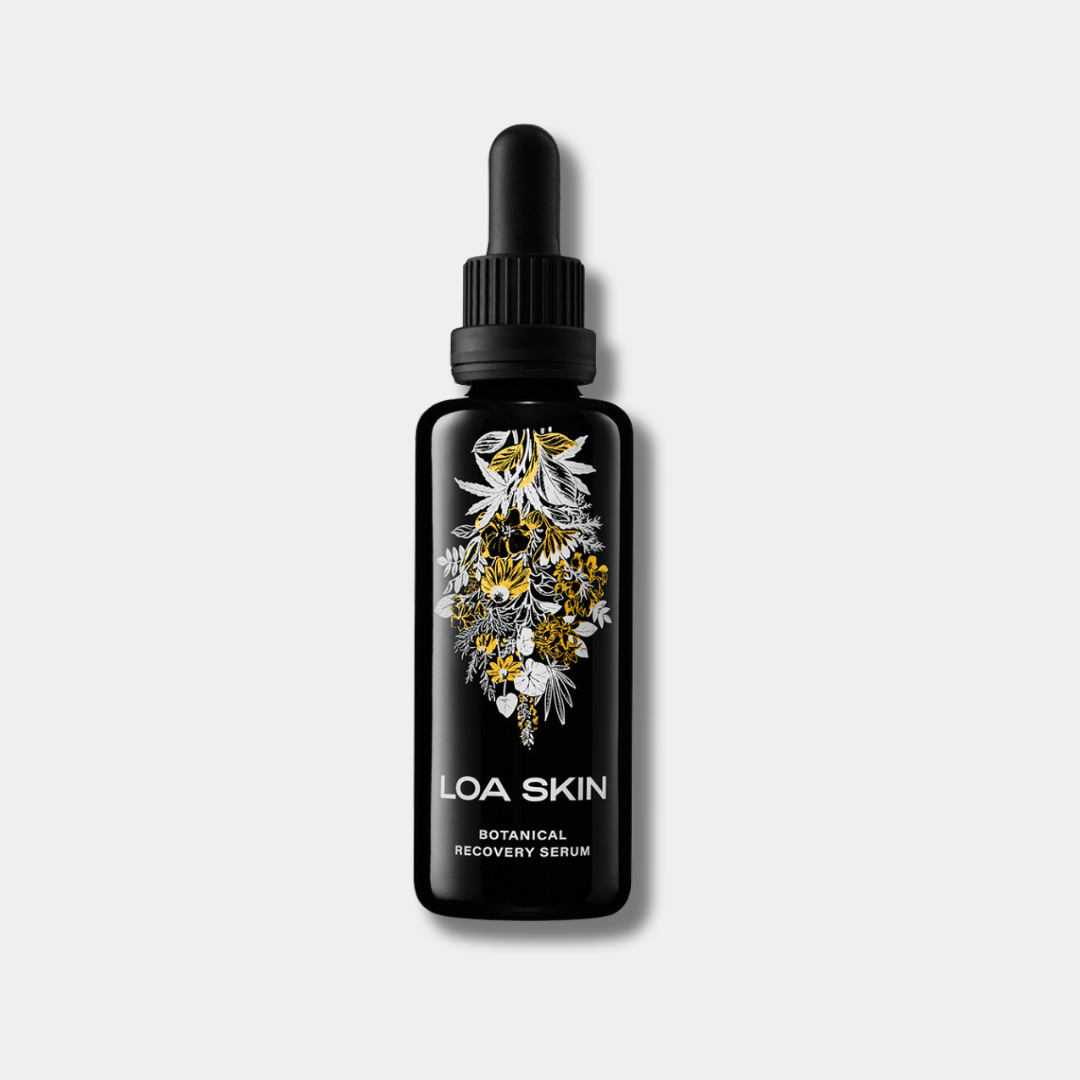
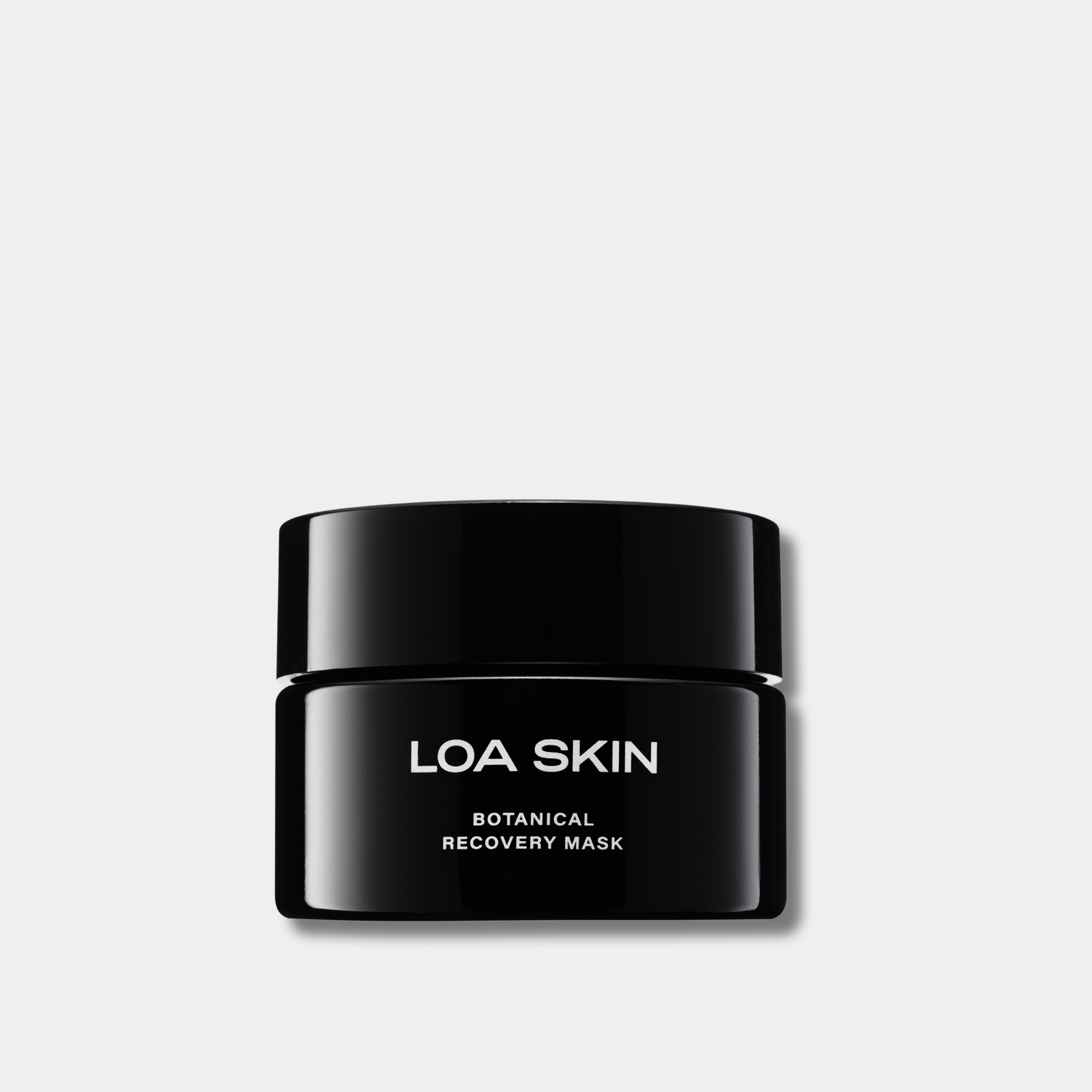


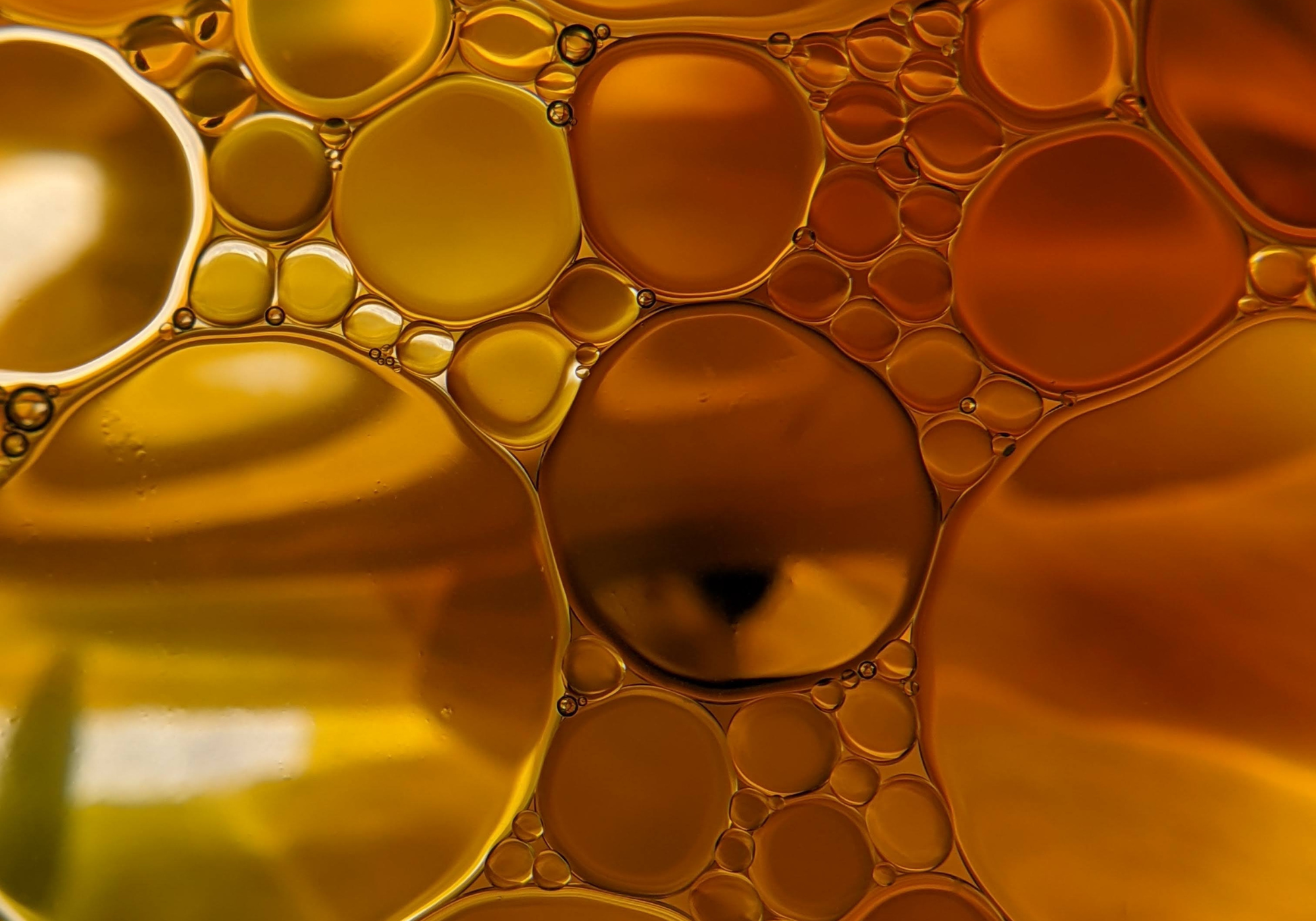



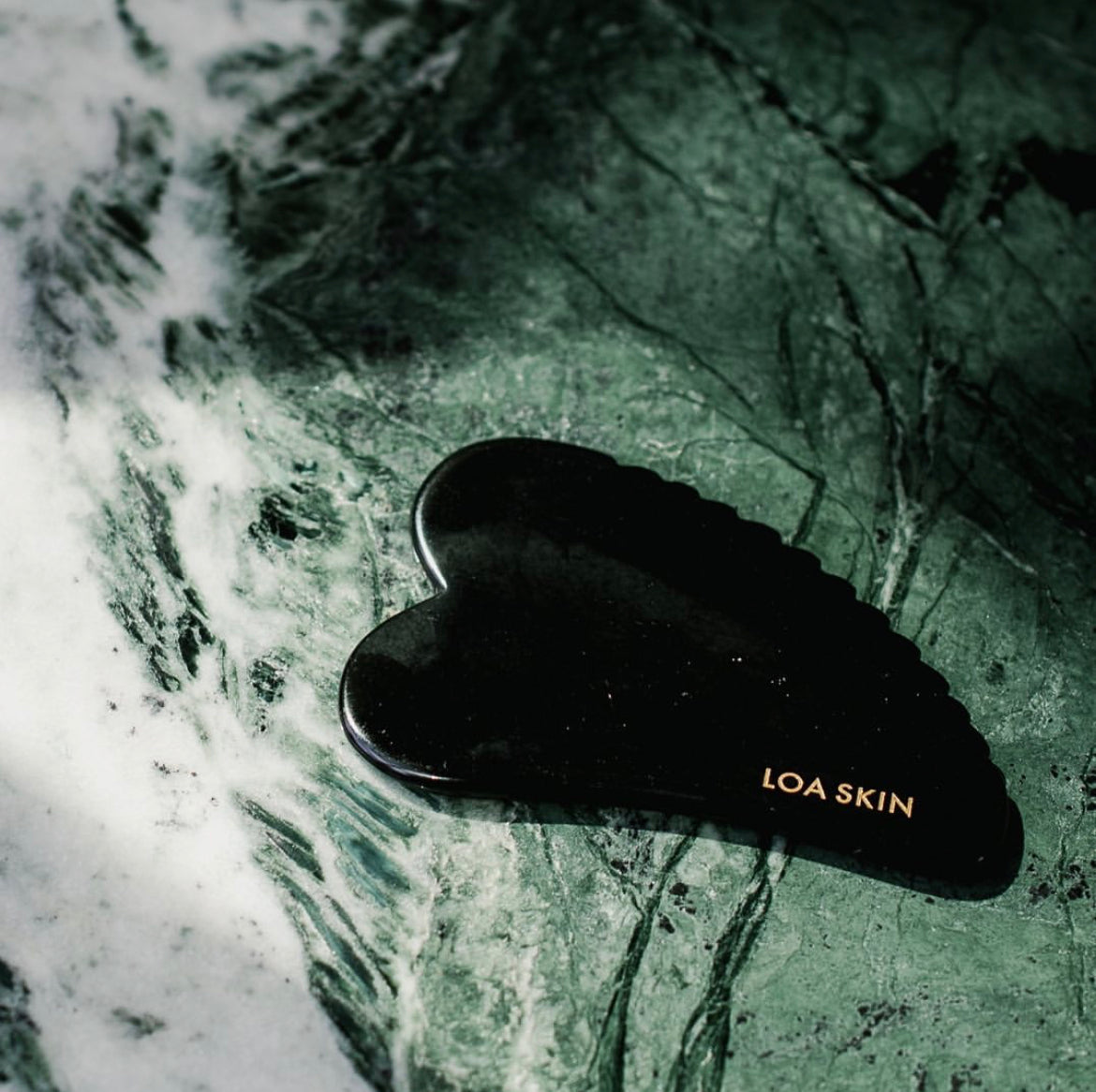
Leave a comment
This site is protected by reCAPTCHA and the Google Privacy Policy and Terms of Service apply.